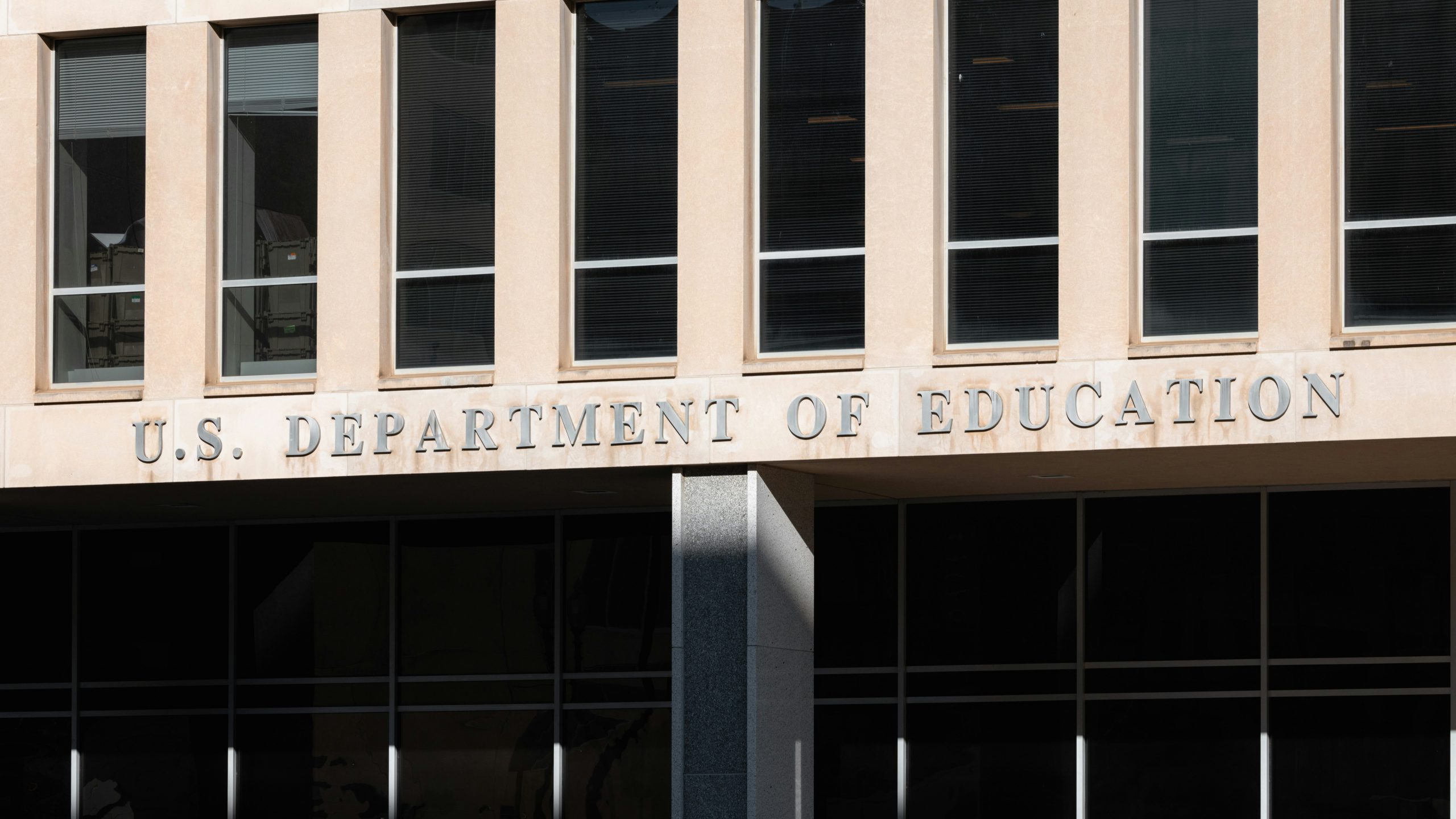SAVE, the Date.

How to Use SAVE to Get the Lowest Available Monthly Payment
I was going to title this posting, “Here I come to SAVE the day!”. Then it occurred to me that most recent graduates won’t read those words in the harmony I intended. Hopefully this Mighty Mouse image jogs a few fond memories, but I digress….
As you’ve likely seen, the Department of Education, as well as most pundits (including this author), have been promoting the new SAVE (Saving on a Valuable Education) plan as the optimal Income-Driven Repayment (IDR) plan to use coming out of the payment pause. And yes, this is true a vast majority of the time… but timing is everything, and there at least two cases where SAVE is NOT the optimal plan for a borrower seeking payment relief and/or federal loan forgiveness. Let’s dive in:
When to Wait until 2024 to Enter SAVE
If prior to the CARES payment pause, you were using an IDR other than REPAYE, you were placed back in that plan when repayment resumed last October… but SAVE is available to you now. Since borrowers haven’t had to “recertify” since early 2020, and won’t be expected to again until later this year, their payments are still based on 2018 or 2019 income. If you were to switch to SAVE today and your income is now significantly higher than it was a few years ago, when you switch into SAVE your payments will be based on your current higher income.
- Example #1: A doctor transitions from residency to practice in 2021. Her 2020 income was $60k, and her 2022 income was over $200k. Pre-COVID, her payments were likely around $300/month. If she switched into SAVE now, she’d be required to import 2022 income details and her payments would be at least $1200/month starting next month. To keep her payments lower, she should wait until her recertification date in 2024 to switch into SAVE.
- Example #2: In 2021, A teacher with a $60k salary gets married to a spouse earning $100k in a for-profit job. She filed her taxes Jointly in 2022, showing a household income of $160k. In this case, if she were already in REPAYE, she’s now in SAVE… and she should NOT recertify income before it’s requested by her servicer in 2024. She should also consider filing taxes Separately for 2023, which will lower her monthly payments by roughly $600 when she recertifies, versus filing jointly.
Two Examples Where SAVE Won’t Actually Save You Money
- Your Income Warrants a Higher Monthly Payment than the Standard Plan. If you’ve completed several years towards PSLF already, and your IDR payments are paying down all accruing interest and dipping into principal each month, you may be better off in the Standard repayment plan (payments based on paying back your debt over 10 years), as this plan still qualifies for PSLF. Your loan servicer can tell you what your Standard monthly payment is, and if this is lower than your SAVE payment and you’ll still get PSLF savings, then don’t use SAVE.
Example: A physician is married to another physician; their household income is $600k. His outstanding debt is $200k and he’s got 8 years of qualified PSLF payments. In this case, his Standard payments are $2400/month, while SAVE would cost him over $4,000/month!
*Important: If you consolidated your loans into a Direct loan during or after school, a “Standard” repayment plan no longer exists as an option.
- You have graduate school debt and are NOT pursuing PSLF. While PSLF is granted after 10 years for qualified borrowers, the IDR plans offer forgiveness at either 20 or 25 years. If you have graduate school debt, the only IDR plan that offers loan forgiveness at 20 years is the PAYE plan. Therefore, if you anticipate relying on long-term IDR forgiveness, you’re usually better off in PAYE than in SAVE.
We understand that all of this can get confusing, and we’re always available to help you navigate your options to maximize savings. Existing Clients: You can review your profile in your BenElevate Dashboard.
If you haven’t yet received a PSLF Assessment from us… now is the time. If your employer is a BenElevate client, you can get your registration link from HR. We also offer direct support to borrowers via our PSLF Concierge service.





Sorry, Comments are closed!